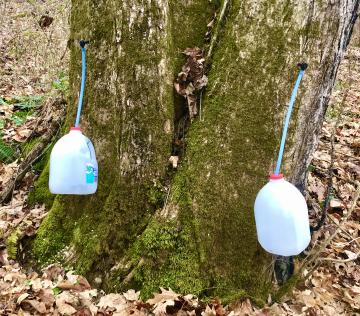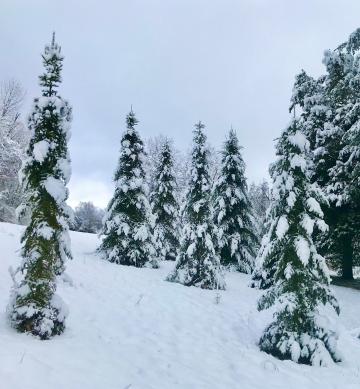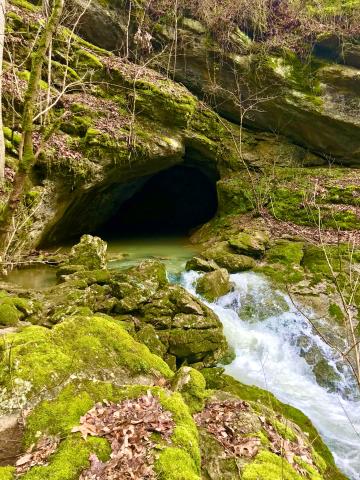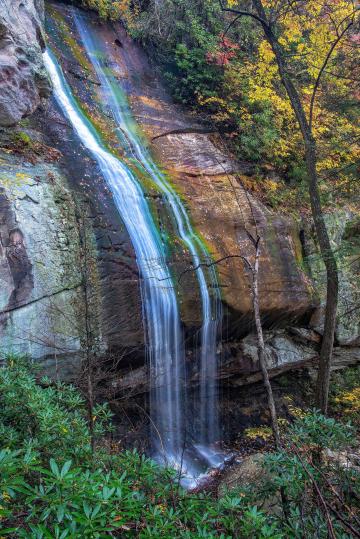Maple sugar has a local history
With maple syrup, the common assumption is that it’s a New England thing, produced in places like Vermont. But during European settlement times sugar made from maple sap was the only available sweeter besides honey.
- Read more about Maple sugar has a local history
- Log in to post comments









